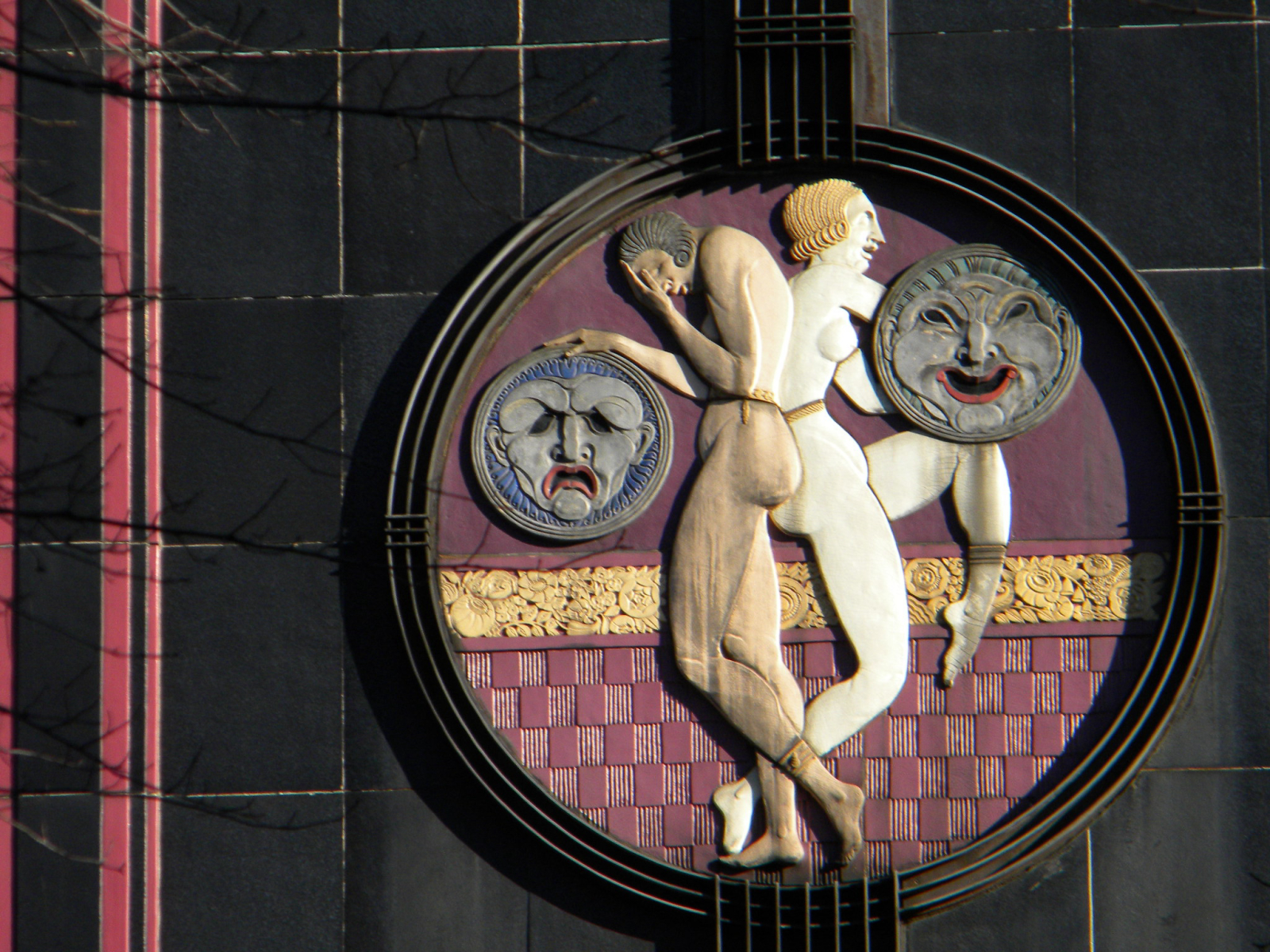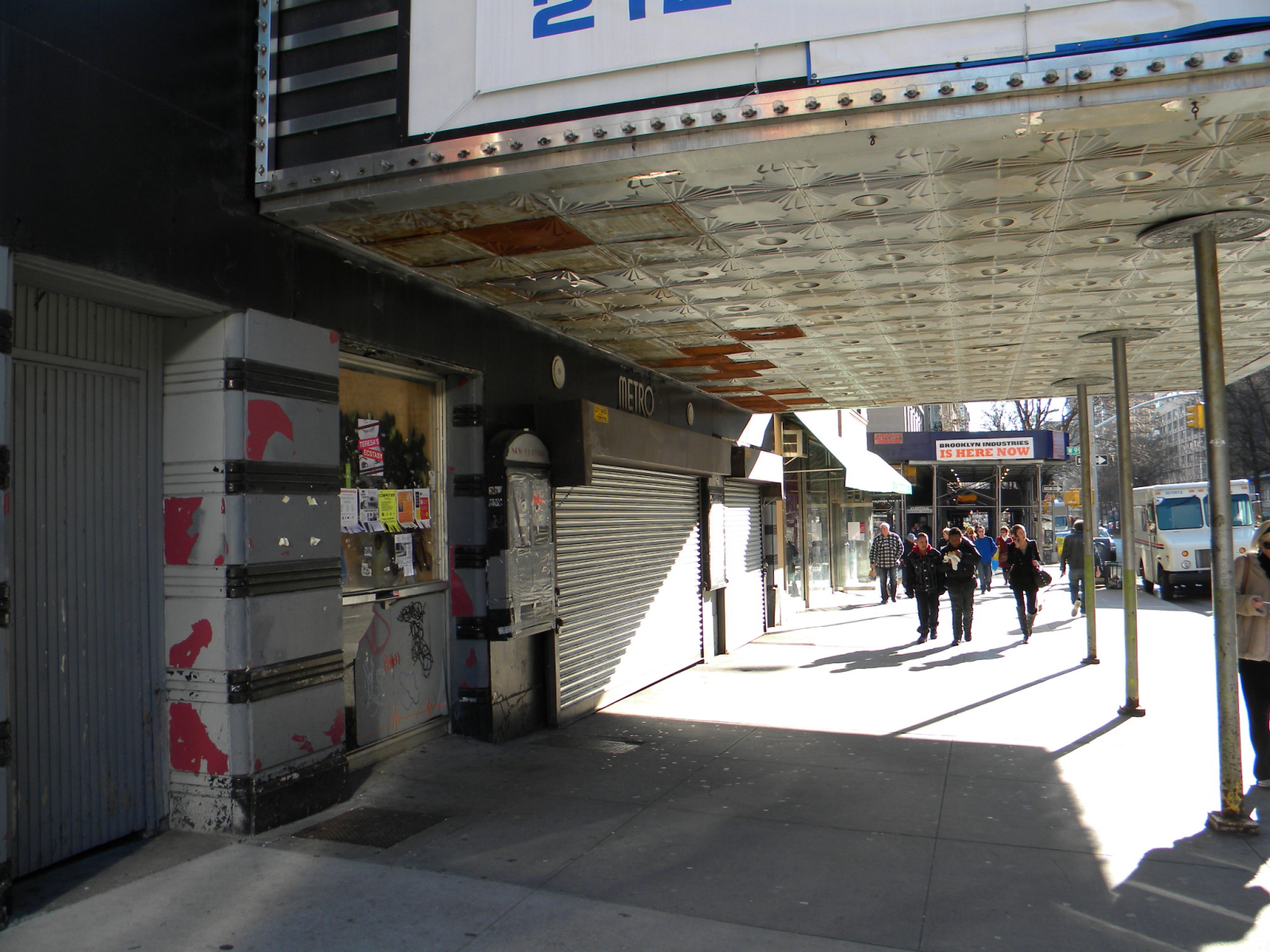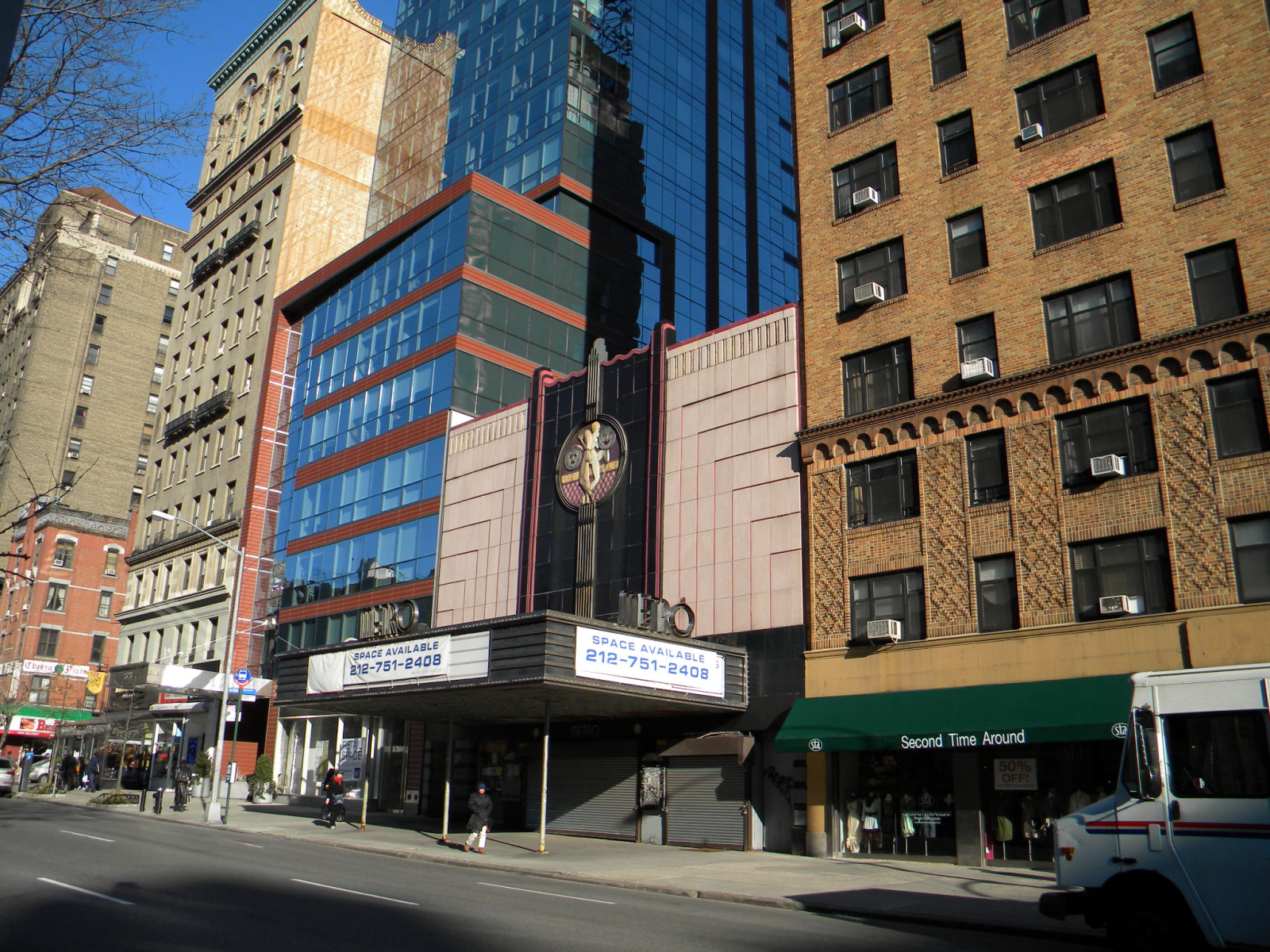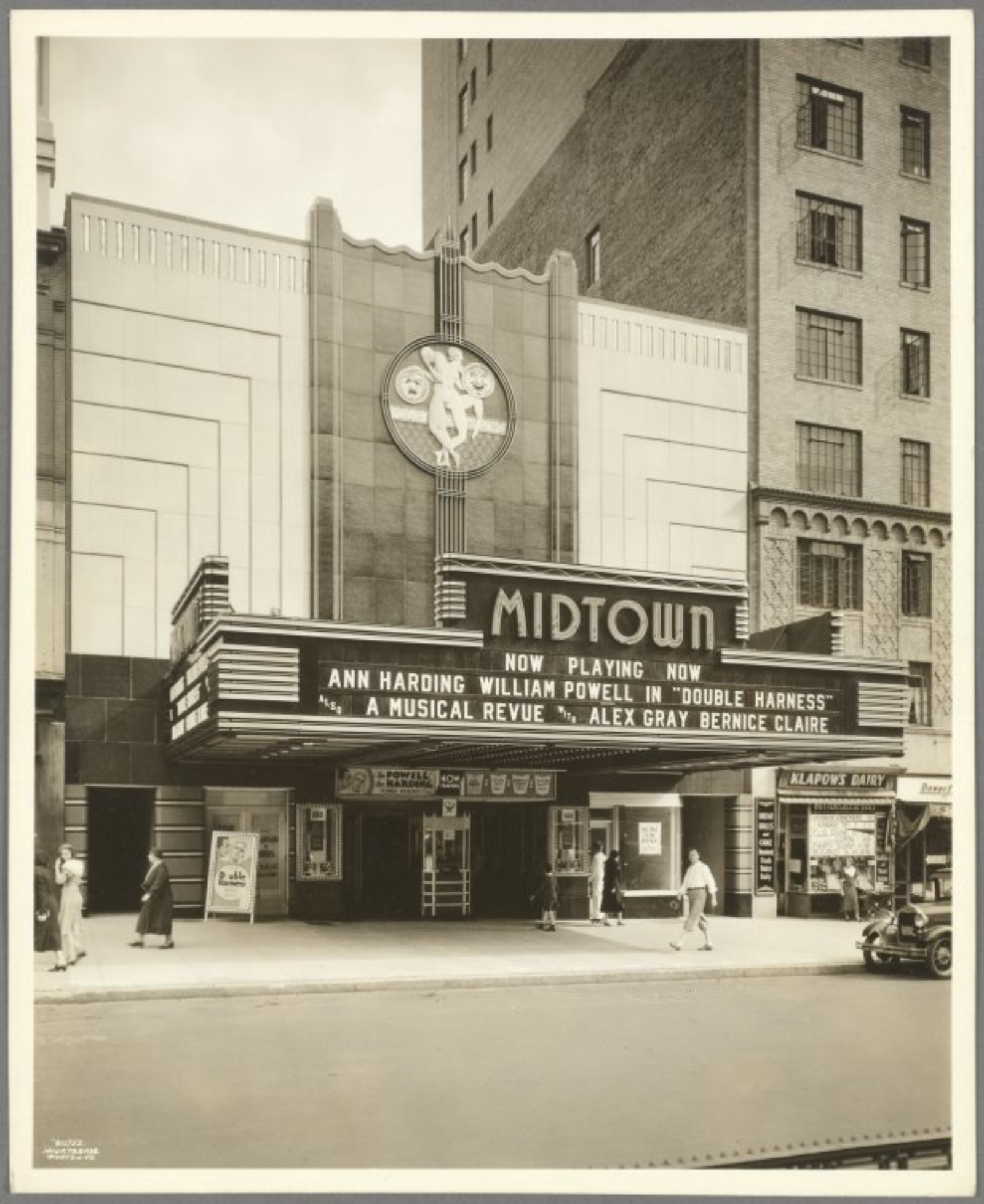Primary classification
Recreation (REC)
Terms of protection
New York City Landmarks protects the exterior (facade and marquee)
Designations
New York City Landmark, designated July 11, 1989
Author(s)
Julie Kroon | | 2/18/2012
How to Visit
Currently under renovation (as of December 2016)
Location
2624-2626 BroadwayNew York, NY, 10025
Country
US
Case Study House No. 21
Lorem ipsum dolor
Designer(s)
Boak & Paris
Other designers
Boak & Paris, architectsJ.J. Secoles Inc., contractor







